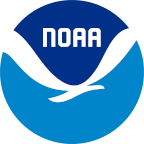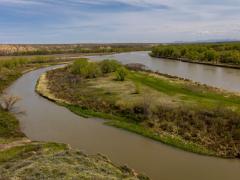The Western Drought Issue
The Western United States is experiencing widespread drought conditions in 2025, with 65.5% in drought (D1-D4) and 14% in Extreme or Exceptional (D3-D4) drought, according to the U.S. Drought Monitor. Current drought coverage and intensity pales in comparison to peak drought conditions in the early 2020s—59.5% of the West was in Extreme or Exceptional Drought (D3-D4) in July 2021. This record-setting Western U.S. drought in the early 2020s, plus the southwestern megadrought dating back to 2000, has left Western U.S. water supplies in a perilous position, including the following:
- Washington state issued a drought declaration for an unprecedented third year in a row. Northern Idaho and western Montana have been dealing with drought conditions for nearly three years.
- One hundred percent of the Colorado River Basin is in drought, including large areas of Extreme or Exceptional Drought (D3/D4) in the Upper Basin, where most of the water supply comes from. The Colorado River Basin includes all of Arizona and parts of Colorado, California, Wyoming, Utah, New Mexico, and Nevada.
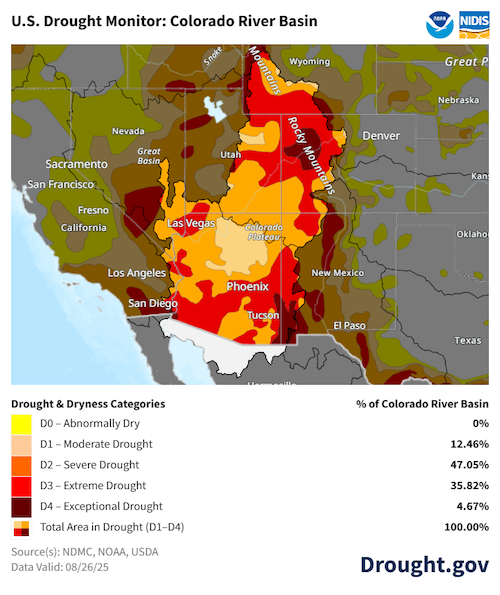
- Water levels in Lake Powell, one of the main water storage reservoirs for the Colorado River Basin, could fall low enough to stop hydropower generation at the reservoir by December 2026.
- The Colorado River Basin lost about 27.8 million acre-feet of groundwater between 2002-2024, roughly equal to the storage capacity of Lake Mead. About 68% of the losses occurred in the lower part of the basin, which lies mostly in Arizona.
- Utah’s reservoir levels are showing a drastic decline. Since June 1, the state has drawn down reservoirs at more than double the normal rate. This is due to increased demand, lower-than-normal spring runoff, and an extremely dry summer.
- Water storage in Washington’s five reservoirs in the Yakima River Basin has dropped sharply, bringing levels, at times, to some of the lowest measured since record-keeping started in 1971.
- Reservoirs in California are mostly full after two good winters. Yet Southern California is in Moderate to Extreme Drought (D1-D3), with impacts to agriculture and public health and increased fire risk.
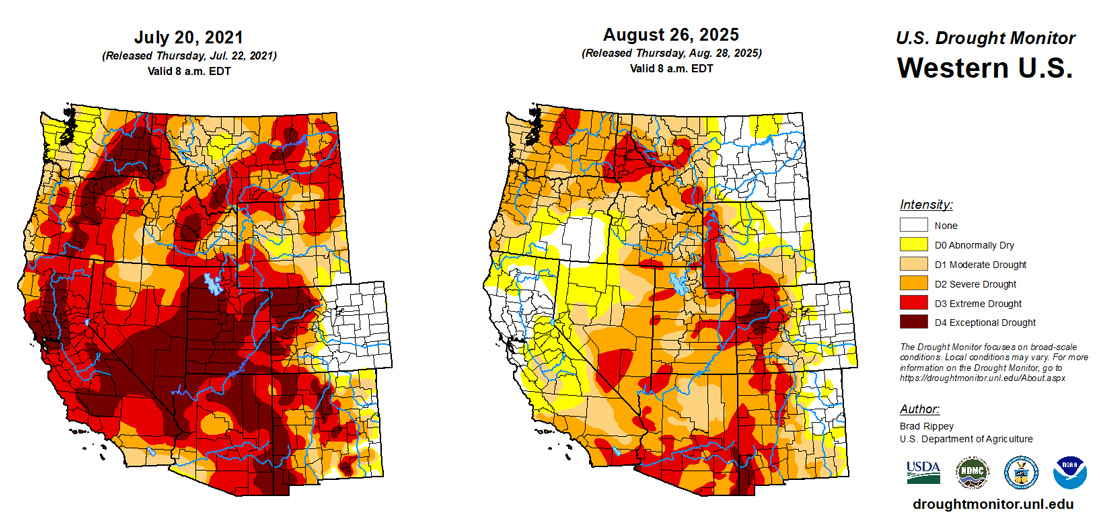
Groundwater resources and key reservoirs, such as Lakes Mead and Powell and the Yakima System (shown in the map below), range from below-normal to record-setting lows, particularly in the Northwest, Northern Rockies, and the Colorado River Basin. As most water in the West originates from runoff due to melting winter snow, the upcoming water year will be crucial for water supplies—and normal won’t suffice. Many key headwaters need above-average precipitation, in some cases over multiple years, to bring water supplies back to sustainable levels. But what if snowfall and runoff are below normal in 2025-26?
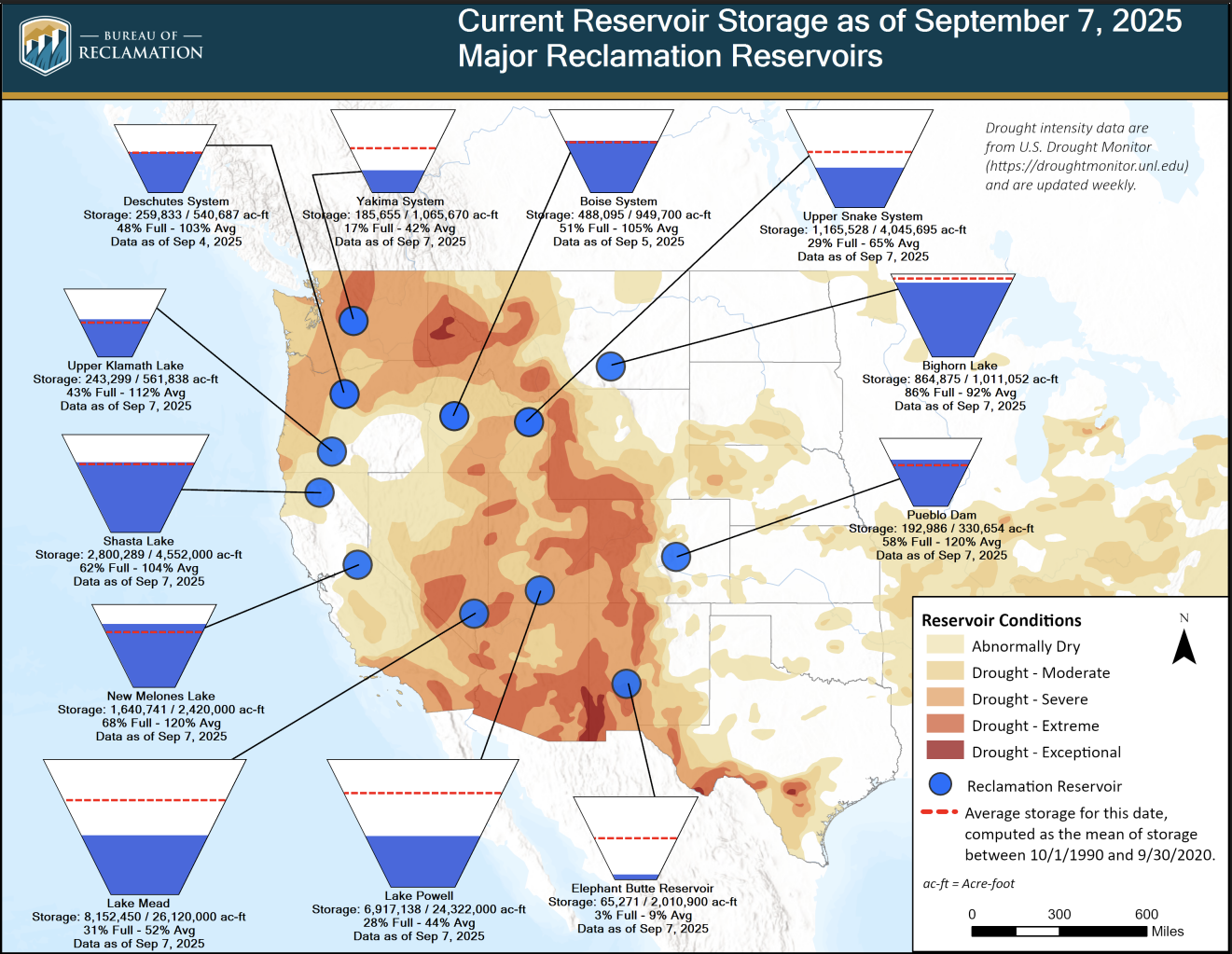
NIDIS is launching this special communications effort, running throughout the Water Year 2026 (October 1, 2025–September 30, 2026), to alert economic sectors and the public in the Western U.S. of the risk to water supplies. Some of this outreach will be part of regular NIDIS communications (e.g., monthly Snow Drought Updates). Other communications, such as this special article on the El Niño-Southern Oscillation (ENSO) outlook, will be developed to support this effort.
Over the next water year, this communications effort will discuss topics like how much winter precipitation and runoff is needed in 2025-26 to alleviate the crisis, as well as the emerging influence of spring weather on water supplies. Not only will it focus on impacts to economic sectors in the West, but the U.S. economy and public outside of the West. Lastly, we’ll share steps being taken across federal, state, and local governments, and the private sector, to prepare and adapt to a future with less water.
